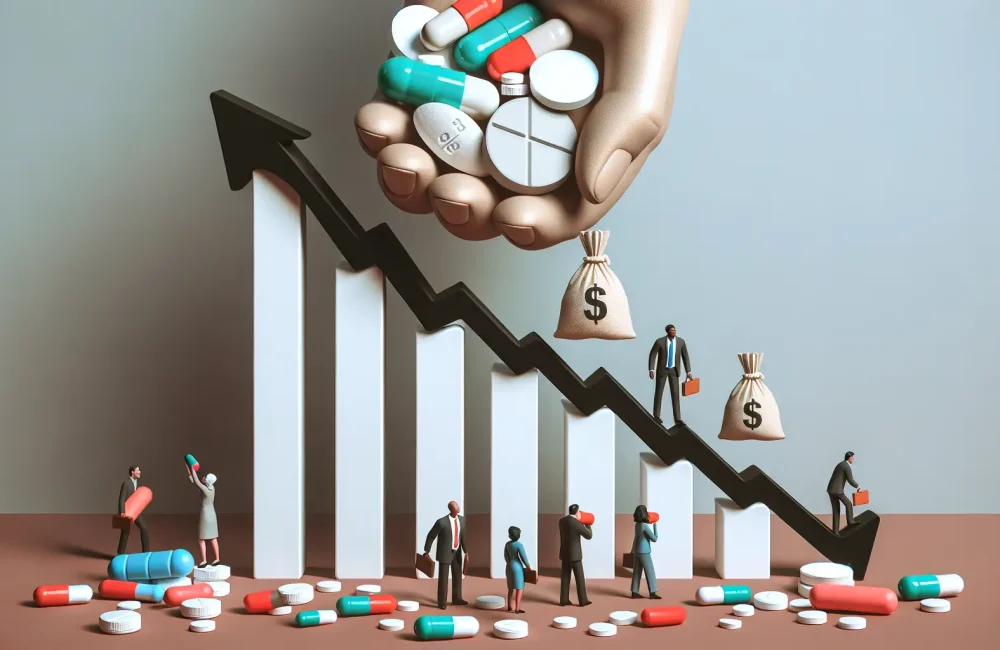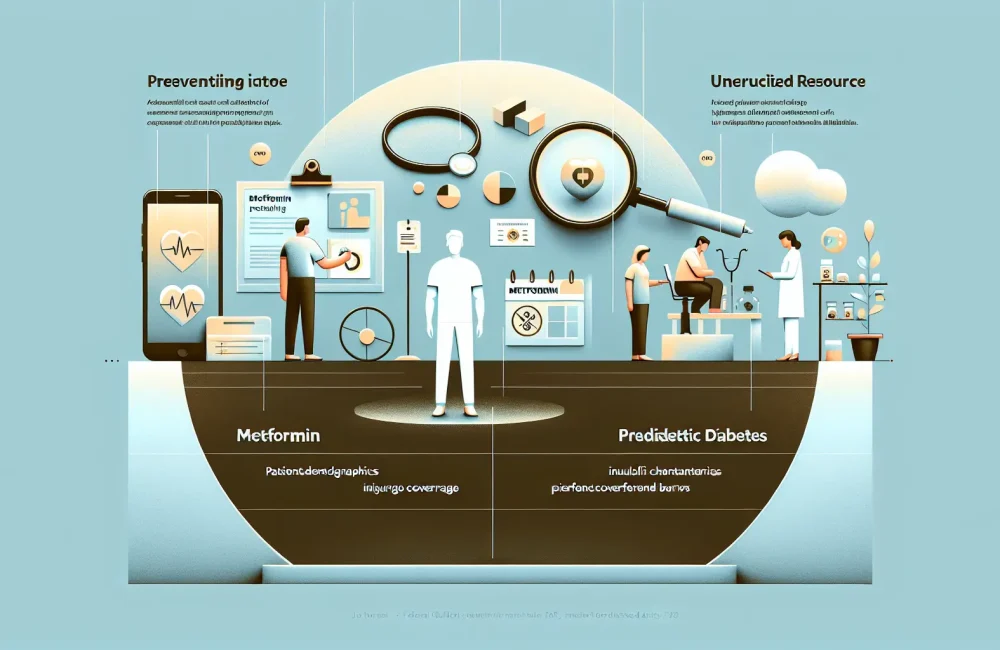By CAFMI AI From Journal of General Internal Medicine
Rapid Growth in Use and Spending on New Diabetes Drugs
The period from 2018 to 2022 witnessed a dramatic increase in both the utilization and spending of newer diabetes drugs, specifically sodium-glucose cotransporter-2 inhibitors (SGLT2is) and glucagon-like peptide-1 receptor agonists (GLP-1 RAs), among U.S. public insurance programs such as Medicare Part D and Medicaid. These classes of medications, which represent significant advancements for managing type 2 diabetes, have become an increasingly dominant component of overall diabetes drug costs. The analysis of Medicare Part D Prescription Drug Event data alongside Medicaid State Drug Utilization Data illustrates a more than threefold rise in spending for these medications over a five-year span. In Medicare Part D alone, total expenditure on SGLT2is and GLP-1 RAs escalated from approximately $4 billion in 2018 to nearly $15 billion in 2022. This surge represents not only a substantial increase in financial burden but also a shift wherein these newer agents constituted over 50% of total diabetes drug spending by 2022, up from about 20% in 2018. Concurrently, prescription counts for these medications soared by over 200%, reflecting broader adoption in clinical practice. Medicaid experienced parallel trends with a similarly marked rise in spending on these drug classes, emphasizing that this phenomenon is widespread across major public healthcare programs. This trend signals a clear shift in treatment paradigms, prioritizing these agents for their ability to address not just glycemic control but also cardiovascular and renal outcomes, underscoring their emerging clinical importance in diabetes management.
Clinical Benefits Amidst Rising Costs and Policy Challenges
SGLT2 inhibitors and GLP-1 receptor agonists have revolutionized diabetes therapy beyond glucose lowering by delivering significant benefits in cardiovascular protection and kidney preservation — outcomes that are critical given the high morbidity and mortality risks associated with diabetes-related complications. For clinicians, this means incorporating these agents into treatment regimens offers an opportunity to improve long-term patient outcomes substantially. Despite their clear clinical advantages, these newer therapies come at a high financial cost, which is reflected in the escalating expenditures reported in both Medicare and Medicaid. The high prices place strain on public payers, challenging the sustainability of coverage and access under the current reimbursement frameworks. This creates a tension between advancing patient care through innovative therapies and managing the financial stewardship of limited public resources. Policymakers and healthcare payers must therefore consider measures such as price negotiations, formulary management, and value-based purchasing strategies to ensure these medications remain accessible. Furthermore, clinicians should be aware of potential barriers patients may face regarding affordability and assist them in navigating insurance coverage, possible copay assistance programs, and medication adherence strategies to optimize benefits from these treatments. Monitoring the evolving landscape will be essential, as further drug approvals and indications may expand the patient populations eligible for these therapies, potentially magnifying both clinical impact and economic implications.
Future Directions in Diabetes Drug Spending and Access
Looking ahead, the continued introduction of innovative diabetes medications and expanding indications for existing drugs could further increase both utilization and expenditure in Medicare and Medicaid programs. Efforts to balance clinical innovation with cost containment will be paramount, as stakeholders weigh the benefits of improved patient outcomes against budgetary pressures. Strategies such as enhanced price transparency, incorporation of real-world evidence in formulary decisions, and fostering competition through biosimilars or generics may help moderate expenses. Additionally, policy initiatives aimed at improving patient access without compromising affordability will be critical to maximize therapeutic benefits while ensuring sustainability. Clinicians and payers alike will need to stay informed about emerging data and policy shifts to optimize diabetes care delivery in an evolving landscape. Collaborative approaches involving manufacturers, regulators, and healthcare providers will be necessary to navigate the complexities of drug pricing and access, ultimately aiming to improve health outcomes for patients with diabetes under public insurance programs.
Read The Original Publication Here






